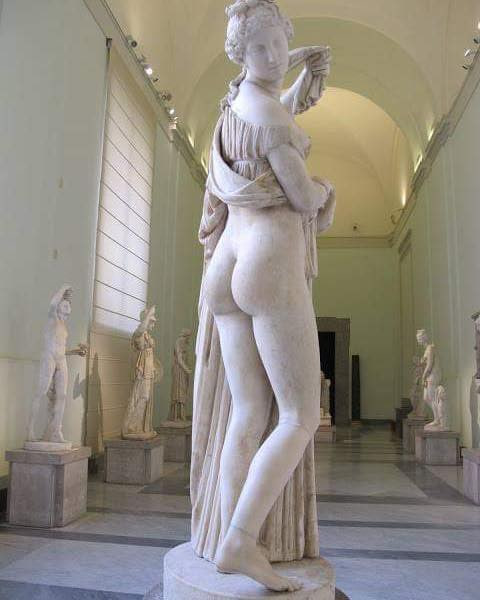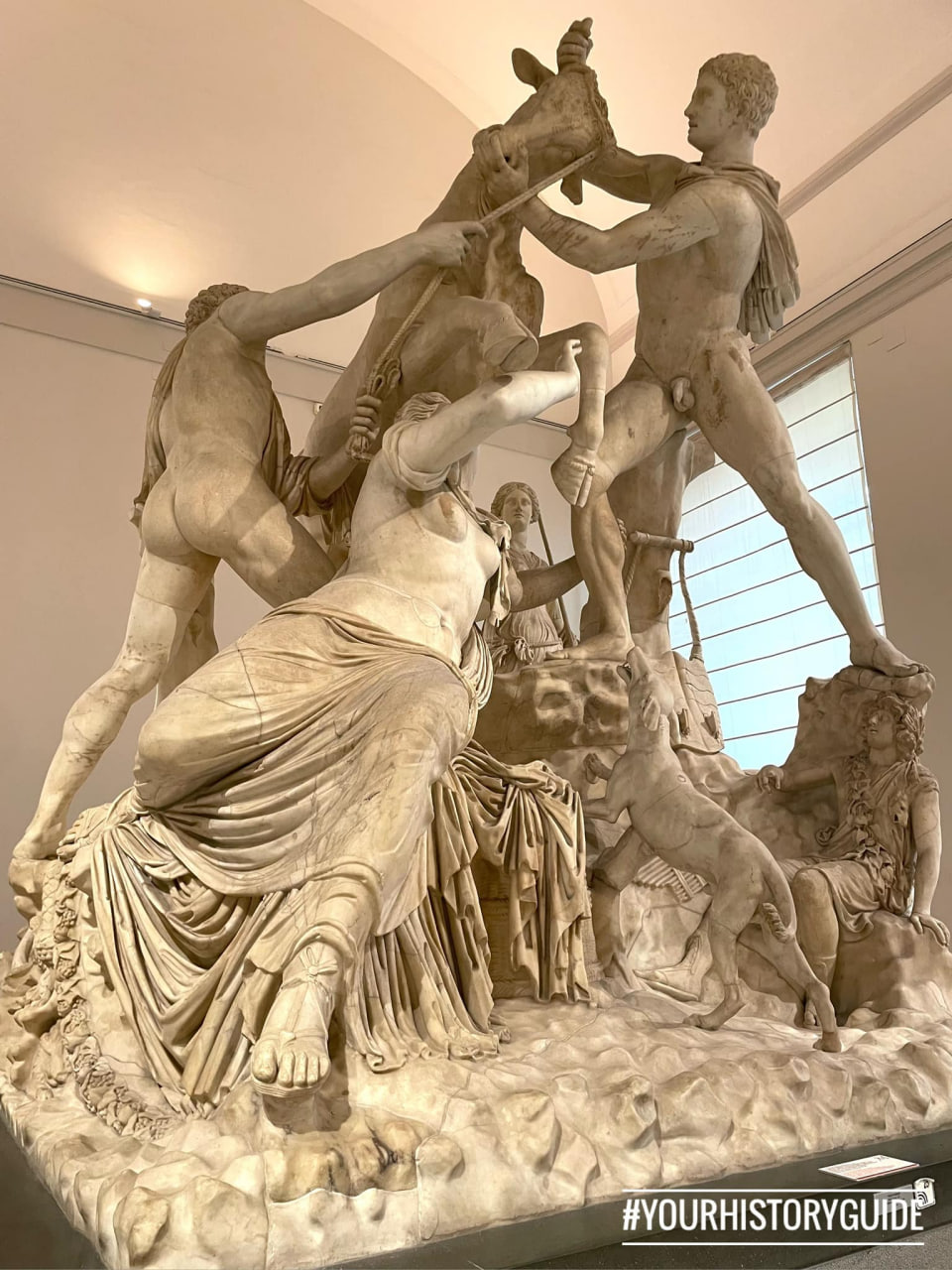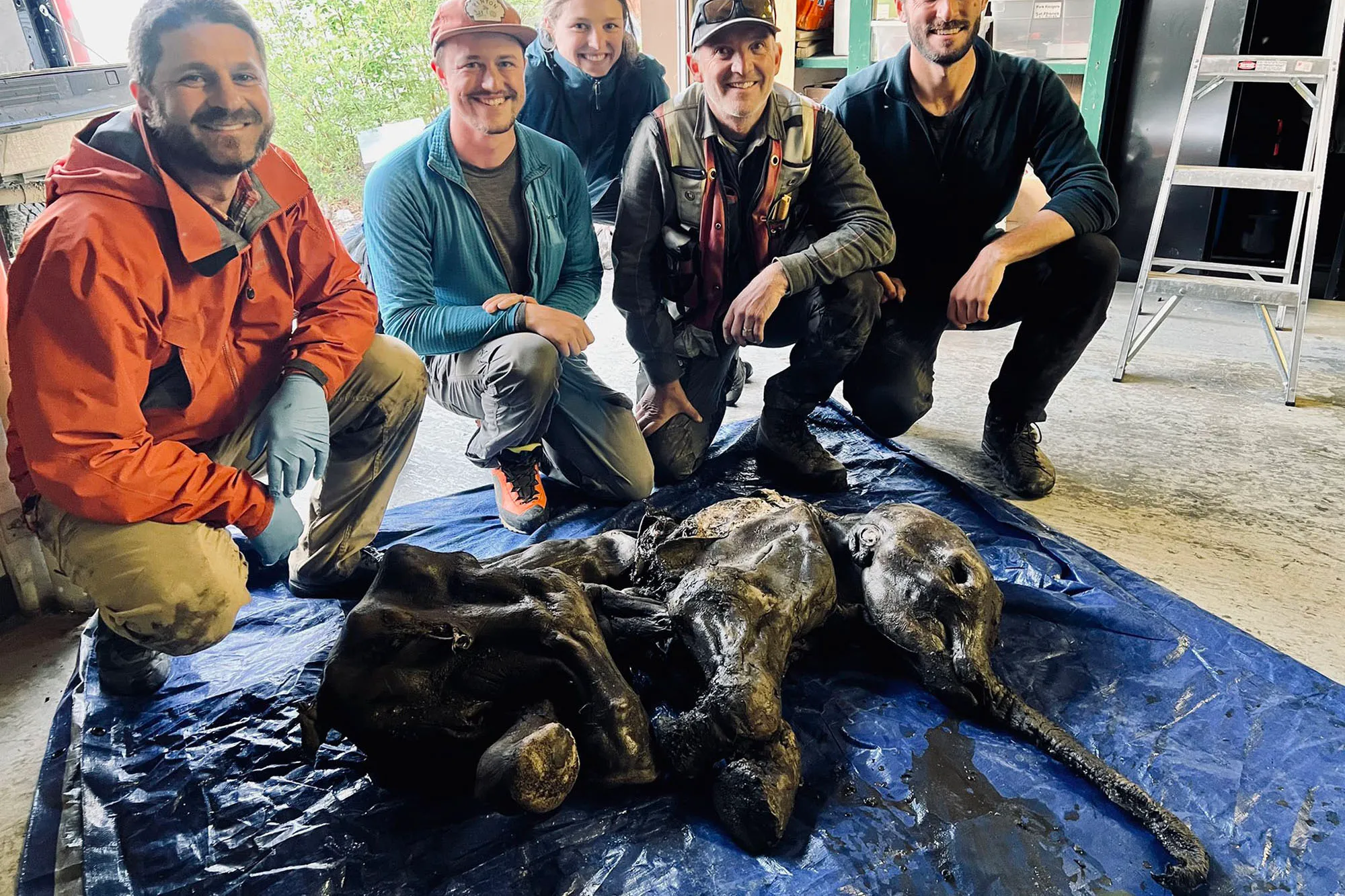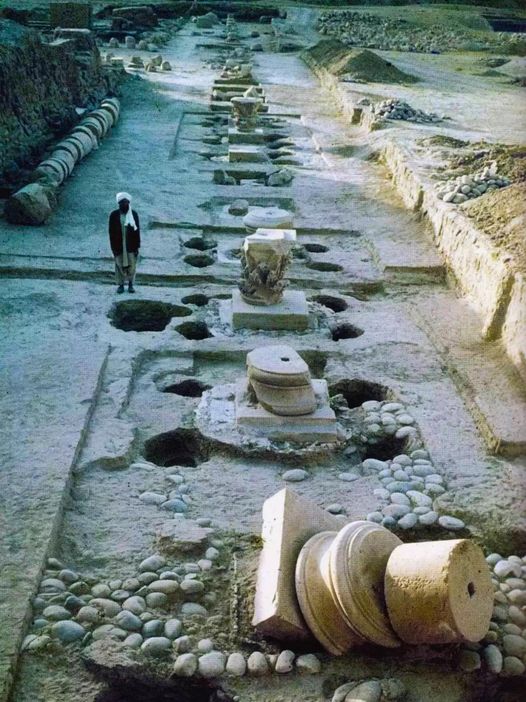In the heart of the Musée D'Orsay in Paris lies a masterpiece that has captivated art enthusiasts for generations
Exploring "Penelope Asleep" by Cavalier Jules
In the heart of the Musée D'Orsay in Paris lies a masterpiece that has captivated art enthusiasts for generations: "Penelope Asleep" by Cavalier Jules, created in 1849. This exquisite painting, located in the central hall of the museum, portrays a scene of tranquility and serenity as Penelope, the wife of Odysseus from Greek mythology, rests in peaceful slumber. Join us as we delve into the beauty and significance of this timeless work of art, examining its themes, techniques, and historical context.

The Story Behind "Penelope Asleep"
"Penelope Asleep" depicts a pivotal moment in the mythological tale of Odysseus and Penelope. As Odysseus embarks on his epic journey, Penelope remains behind, waiting faithfully for his return. In the painting, Penelope is portrayed in a state of graceful repose, her delicate features illuminated by soft candlelight. The scene exudes a sense of quiet contemplation and longing, as Penelope dreams of her beloved husband's safe return. Cavalier Jules captures the essence of Penelope's steadfastness and resilience, embodying the timeless virtues of loyalty and devotion.

Exploring the Artistic Techniques
Cavalier Jules' mastery of light and shadow is evident in "Penelope Asleep," as he employs chiaroscuro to create depth and dimension within the painting. The soft, diffused light gently caresses Penelope's form, casting subtle shadows that accentuate her ethereal beauty. The artist's meticulous attention to detail is reflected in the intricate folds of Penelope's flowing gown and the delicate features of her face, evoking a sense of intimacy and vulnerability. Through his skilled brushwork and nuanced use of color, Cavalier Jules transports viewers to a realm of myth and legend, where timeless stories come to life.

The Significance of "Penelope Asleep" in Art History
"Penelope Asleep" holds a significant place in art history as a prime example of 19th-century Neoclassical painting. Inspired by the ideals of ancient Greece and Rome, Neoclassical artists sought to revive the aesthetic principles of antiquity, imbuing their works with a sense of grandeur and nobility. In "Penelope Asleep," Cavalier Jules pays homage to classical mythology while infusing the painting with a sense of romanticism and emotion. The work stands as a testament to the enduring appeal of mythological themes and the timeless beauty of the human form.

Reflecting on Ancient Discoveries Through Art
In conclusion, "Penelope Asleep" by Cavalier Jules serves as a poignant reminder of the enduring power of art to transport us to distant realms and evoke timeless emotions. Through its depiction of the mythological figure of Penelope, the painting invites viewers to contemplate themes of love, longing, and fidelity that have resonated throughout the ages. As we admire this masterpiece in the central hall of the Musée D'Orsay, let us also reflect on the rich tapestry of human experience depicted in art, from ancient myths and legends to the enduring legacy of classical civilization.






